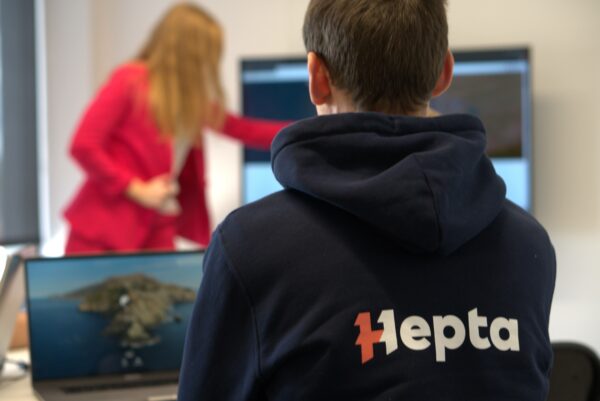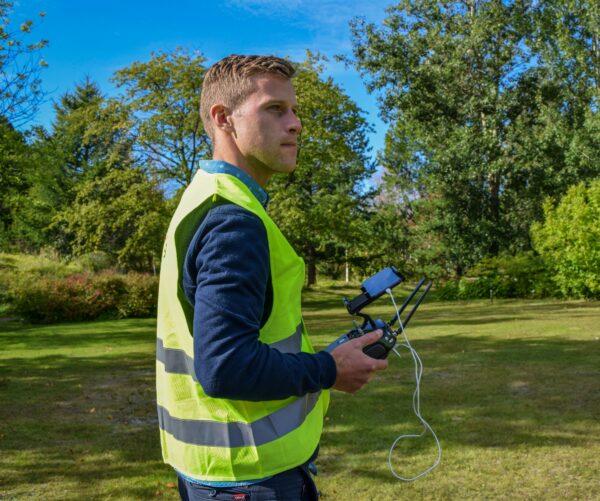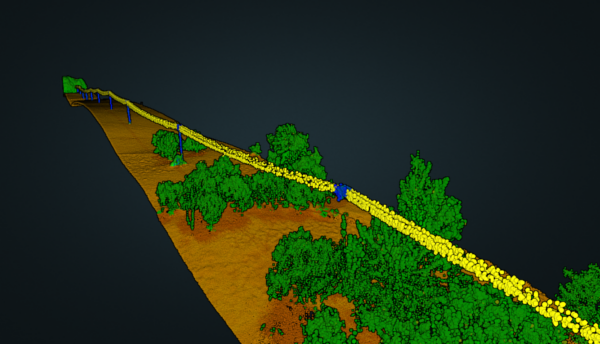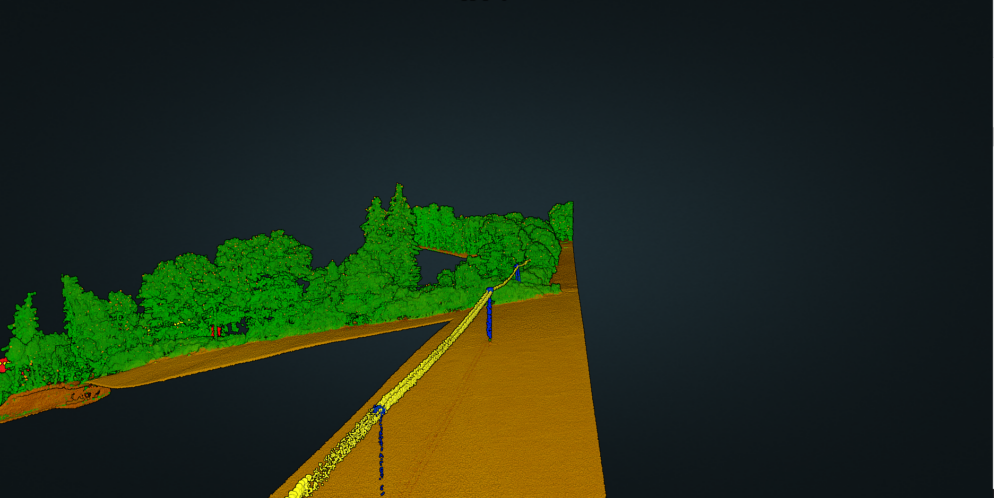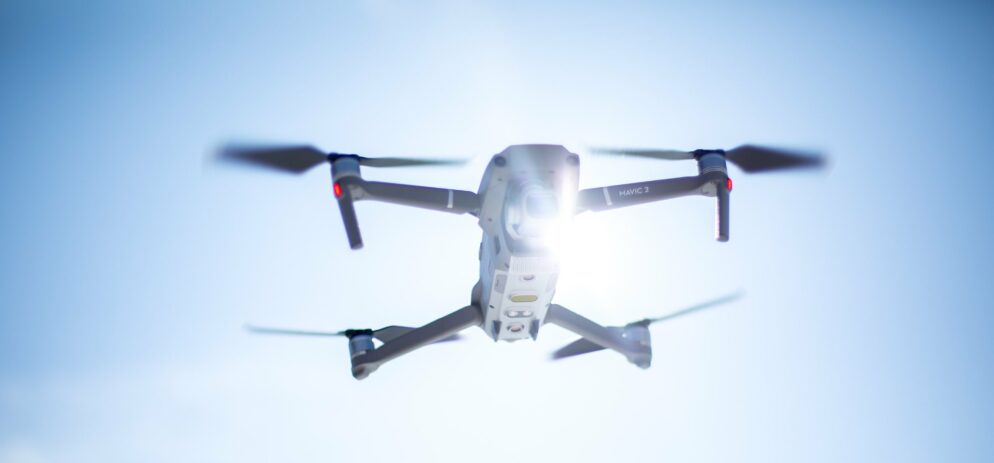About the client
The EAM GmbH & Co. KG is a regional power company headquartered in Kassel. The business area has a geographical area of more than 13,000 square kilometres and extends over large parts of Hesse, southern Lower Saxony and parts of North Rhine-Westphalia, Thuringia and Rhineland-Palatinate. In addition to the operation of electricity, gas and water networks, the EAM Group’s range of services includes the sale of green electricity and natural gas products. It also drives the expansion of renewable energies in the region, offers energy-related services and is active in the telecommunications sector. EAM employs around 1,200 people at 20 locations.
EAM Netz GmbH (formerly EnergieNetz Mitte GmbH) has been responsible for the network business of EAM since June 2014. The electricity and natural gas network of the wholly-owned subsidiary extends over a length of around 50,000 kilometres. The supply facilities in the electricity network include 71 substations and more than 6,300 switching and local network stations, as well as 71 transfer stations and 283 regional gas control systems in the natural gas network. The company also offers a wide range of energy-related services, for example in the area of street lighting or the planning and management of supply networks as well as water supply and wastewater disposal. Since April 6, 2020, the network company has been operating as EAM Netz GmbH
